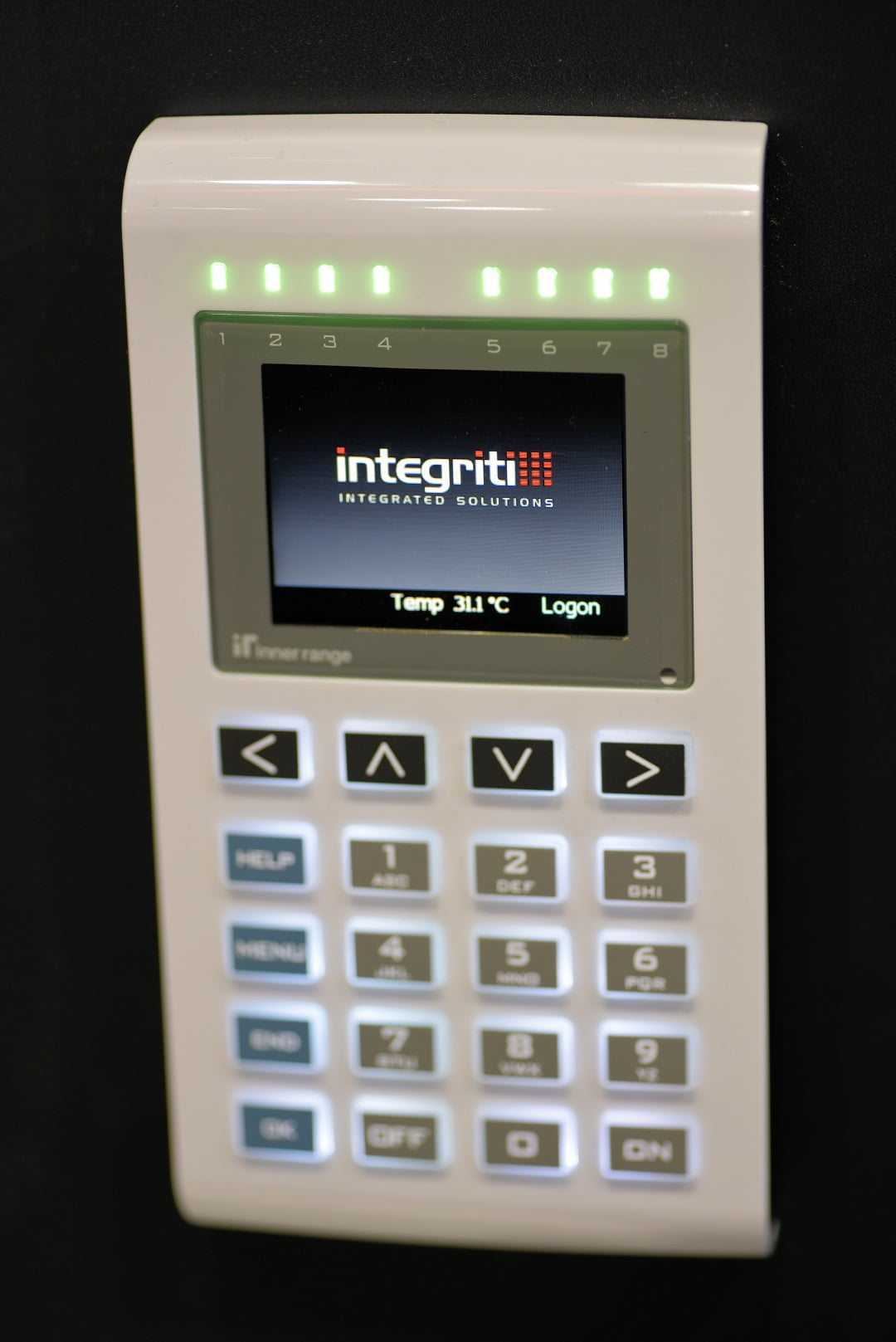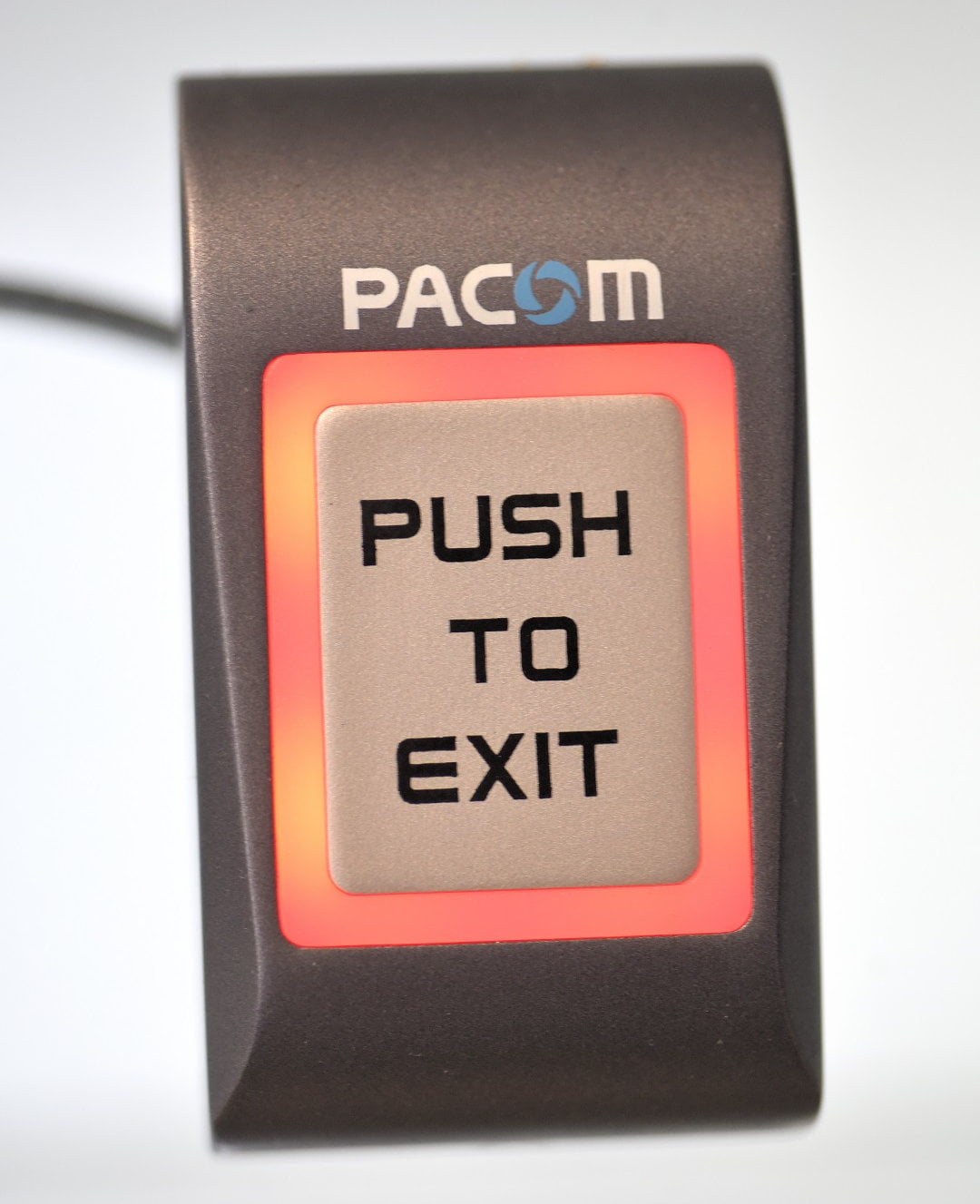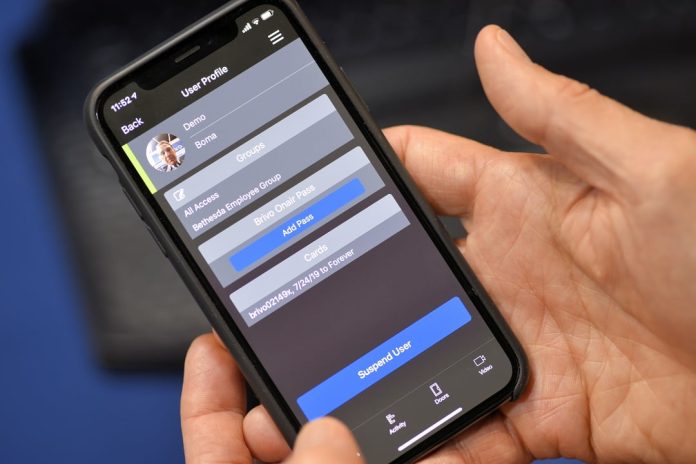When you’re considering access control solutions it’s worth bearing in mind that properly applied, access control really is the heart of a proactive electronic security solution. But there’s complexity – many systems are controller-based, some live the cloud, some are hybrid.
WHEN you think about access control one of the key challenges is recognising exactly what such a solution constitutes. If you’re a cardholder, access control is a reader and a card. If you’re handling cardholder admin, it’s software management. If you’re a security manager, it’s meeting procedures, automated reports and ongoing card costs. But if you’re an installer, access control is more complicated – a sprawling network of readers, locks, door controllers and central controllers linked to local area networks via adjacent switches.
Even this more nuanced view of the structure of an access control solution fails to capture the complexity and capability of the modern system. That’s because access control brings together hardware, comms and software components in a way other electronic security systems don’t. Further, access control is increasing wedded to the network side – that includes cloud-based functionalities, hybrid cloud, and don’t even get started on the wireless solutions with local data collection points and remote cloud management – that’s a story for another time.
Access control systems, unlike unmonitored video surveillance or alarms, have the capability to act physically on the basis of system design, software rules and electrical inputs/outputs – whether that is by denying entry upon presentation of an unauthorised credential, the rejection of all cardholder entries in the event of fire, or failing safe/open in the event of fire.
But just what constitutes an access control system and what gives these solutions their proactive power? At the heart of every access control system is the door controller, a solid-state board in a dedicated housing that’s located near every entry point in a building to provide control of local doors. As a rule, controllers handle 2 doors per board or a single door with access control in both directions. Expander boards offer exponential growth.
The door controller will provide power to electric strikes or magnetic locks via high current relays, along with Weigand reader inputs. There will also be inputs allowing door position to be reported in real time and outputs allowing activation of lights, cameras or operation of door strikes from a control room or the secure side of the door. Depending on the nature of the system, multiple 2-door controllers can be installed in parallel, or larger door controllers can handle high-rise applications.

Along with power for door hardware and alarm inputs, a modern 2-door controller will also feature a network input to allow connection to a common data network for monitoring and administration. Once on the network, controllers can be managed locally or remotely, and they’ll appear seamlessly on central management software.
Another key element of door controllers is event buffering and a cache that allows distributed intelligence in the event of network failure or overload. There will also be features like anti-passback for those doors with inwards and outwards readers.
It’s important to point out here that not all door controllers are created equal – not so much in terms of quality when considering the most popular products installed in Australia but in terms of designed purpose. Some 2-door controllers are simply 2-door controllers that might store the details of 128 cardholders.
Going up a level there are door controllers that will handle 2 doors with a pair of readers (in and out) per door. Or they might handle 4 doors (with expansion to 8) and include 16 alarm zones, multiple areas and support 10,000 users standard. Then there are solutions that can handle 8 doors, 92,000 cardholders and 16 perimeter controllers. Then there’s lift control, automation and more.
Complicating the issue are powerful access control and alarm controllers which are capable of supporting small/medium business applications, or multiple business units or offices on a site. Such systems can also be networked to form corporate and enterprise solutions controlled by powerful software. These advanced systems reflect the integral role of door controllers as network-based modules in a modern access control solution.
Downstream of door controllers, things are relatively straightforward, though there’s still plenty to think about. On the comms side, we’re talking RS-485 infrastructure, though Weigand is still out there. Then there’s door hardware starting out with electric strikes, electric mortise locks and electromagnetic locks.

You need to choose a locking device that offers the correct balance of security, economy, reliability and performance. You also need to be sure your locks offer the sort of alarm reporting capability you need, including door open too long and tamper. Something else to bear in mind is that the some of the latest lock designs incorporate increased attack resistance and alarm capabilities – you need to take these features into account given they’ll option up your system’s security level. You also need to think about door closers when you’re installing locking hardware.
The other important element at the door is the reader and with readers you’ve got a number of considerations relating to security levels, initial costs, and lifetime cost of credential technology. This latter applies most directly to card-based solutions and relates to the cost of administering and replacing physical cards – usually proximity or smart prox.
Card solutions include the ubiquitous 125Hz readers, 13.56MHz contactless smart card technologies and MIFARE and DESFire cards. Depending on the readers chosen, you may have a combination of keypad, mag stripe, keypad and proximity, proximity-only, or smartprox. Smartcards offer higher security levels, integration with payment systems and support for biometric credentials but at a higher card cost.
Then there are straight biometric readers, which increasingly include face recognition. Biometric solutions kiss goodbye the ongoing cost of maintaining card libraries, which can be considerable over the life of a system. That’s appealing from an end user perspective. They can also allow hands-off access, which is appealing when you’re dealing with COVID-19.
When you think readers, you’ll also need to think about long range readers for vehicles and the power and number of these will depend on what sort of business you are protecting. With cars and vans, standard prox card readers may be enough, but if there are heavy vehicles and your site includes boom gates, sliding gates and gatehouses, things go to another level altogether.
In a comprehensive access control solution, additional downstream devices will include alarm inputs (security, safety and fire protection), CCTV cameras, thermal cameras, perimeter detection devices and more. All these devices will increase the resolution – the sensitivity – of an electronic security system.
Upstream of the door controllers you’ll find network devices, network infrastructure, servers, workstations and attendant management software. The ability to port to networks may be an integral part of door controllers but there may be expanders required. Think about network encryption here – 128-bit 3DES is preferable.
Network components are most likely to be those that make up your site’s data network. Access control and alarm signals are so small they take up no bandwidth on a modern network. Integrated video surveillance is in another dimension altogether but for the purposes of this discussion we’ll assume video runs on a subnet and is to be driven through integrated management software at a workstation or dedicated server level.
The nature of the network will dictate system monitoring. Enterprise-wide used to be a solution that only applied to the big boys – the biggest end users and expensive enterprise-focused access control solutions. That’s changing fast now, with easy connection of door controllers on a handful of sites together with video integration allowing management fingertip sensitivity.
The integration of access control hardware into a network environment is also gathering way. Controllers are being designed for rack mounting that will make location in network rooms and integration onto networks normal practice. We are also seeing virtual access control servers and some affordable solutions now offer location backup of events and authorisation databases, while allowing reporting and management via cloud or browser.
And while we’re talking about integration, there’s an increasing push to integrate access control with all manner of subsystems, including CCTV, visitor management, wider lift control, lighting, air conditioning, intercoms, smart key management solutions, deep learning-based analytics and plenty more.
#sen.news









